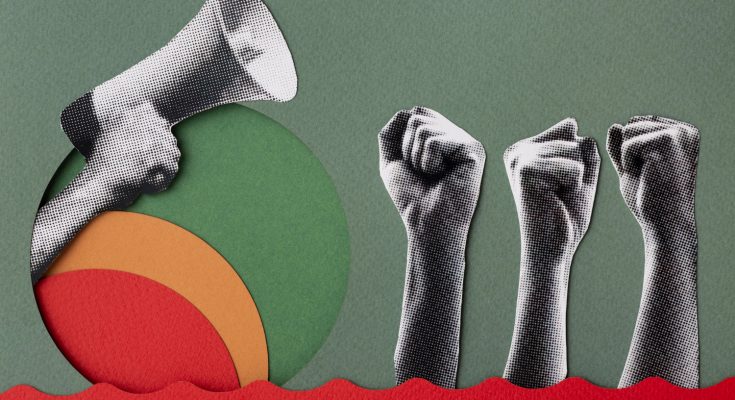Feminist conceptual art emerged as a powerful voice in the art world during the 1970s. This was a time when women artists started challenging the traditional roles assigned to them, using art to explore gender, identity, and politics. Feminist conceptual art is different from other art forms because it focuses on ideas and concepts, rather than just visual beauty. The goal was to question societal norms and highlight women’s experiences in a way that was new and thought-provoking.
Feminist artists often shared their ideas through interviews and publications focused on women’s issues and art. The Feminist Magazine Interview featured conversations where artists discussed their work, inspirations, and the challenges they faced. These interviews helped spread feminist conceptual art to a broader audience, encouraging important discussions about gender equality in both art and society. This period created space for artists to explore new ideas and push boundaries, using art as a form of social commentary.
Early Years: Setting the Stage in the 1970s
The 1970s was a pivotal decade for feminist conceptual art. Women artists began using their work to challenge male dominance in the art world and society. They questioned traditional ideas about femininity and often used their own bodies as a subject. These artists wanted to break free from the limitations that had been placed on them and create new ways of expressing their identity and experience.
During this time, many feminist conceptual artists focused on political messages and social criticism. They used performance, photography, and text in innovative ways to share their ideas. The art was less about creating pretty images and more about making viewers think. For example, some artists would stage performances that highlighted everyday sexism or the pressures women faced in their roles at home and work.
Interview
One significant way feminist conceptual artists communicated their ideas was through interviews in magazines. These interviews offered personal insights into the creative process and the issues these artists cared about. By talking openly about their art and politics, they encouraged others to think critically about gender roles and equality.
These interviews were important because they made the art more accessible and relatable. Readers could connect with the artists’ stories and understand the meaning behind their work. This helped feminist conceptual art gain respect and attention outside of traditional art circles.
Development Through the 1980s and 1990s
As feminist conceptual art moved into the 1980s and 1990s, it began to evolve and incorporate new ideas. The art world itself was changing, and women artists started exploring intersectionality, the idea that race, class, and gender all affect a person’s experience. This broadened the scope of feminist art, making it more inclusive and diverse.
Artists also started using new technologies like video and digital media to express their ideas. These tools allowed them to reach even wider audiences and experiment with different forms. Feminist conceptual art during this time was still deeply political, but it also became more personal. Many artists explored themes of identity, sexuality, and the body with a new level of openness.
The influence of feminist conceptual art grew during these decades, and it began to appear more often in museums and galleries around the world. This helped the movement gain legitimacy and inspired younger generations of artists.
Feminist Conceptual Art Today: New Voices and Challenges
Today, feminist conceptual art continues to evolve. While it still draws from the ideas of the 1970s pioneers, it reflects the concerns of a new generation. Contemporary feminist artists often address current issues like gender fluidity, online harassment, and the ongoing fight for equality in various parts of the world.
Technology plays a bigger role than ever, with artists using social media, virtual reality, and other digital platforms to share their work and ideas. This creates new ways to engage audiences and makes feminist art more interactive. However, some challenges remain. The art world still struggles with equal representation, and feminist artists often have to fight for their voices to be heard.
Despite these challenges, feminist conceptual art remains a vital force. It pushes boundaries and encourages us to rethink how we see gender and identity. By continuing the work started decades ago, today’s feminist artists keep the conversation alive and relevant.
Conclusion
The evolution of feminist conceptual art from the 1970s to today shows how art can be a powerful tool for change. From early performances and magazine interviews to digital art and social activism, feminist artists have challenged norms and opened doors for new ways of thinking. Understanding this journey helps us appreciate the depth and impact of feminist conceptual art in shaping both the art world and society at large.



